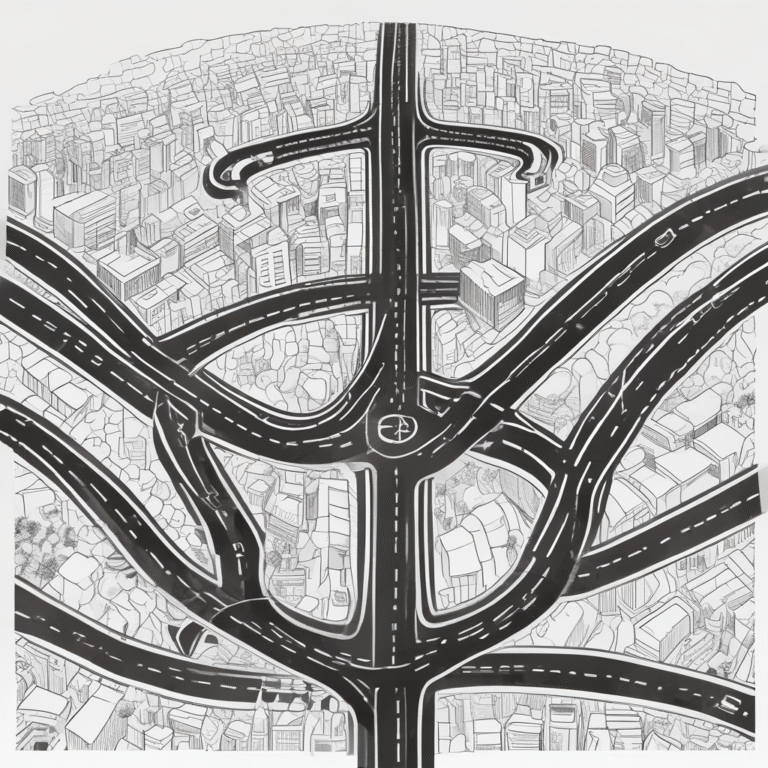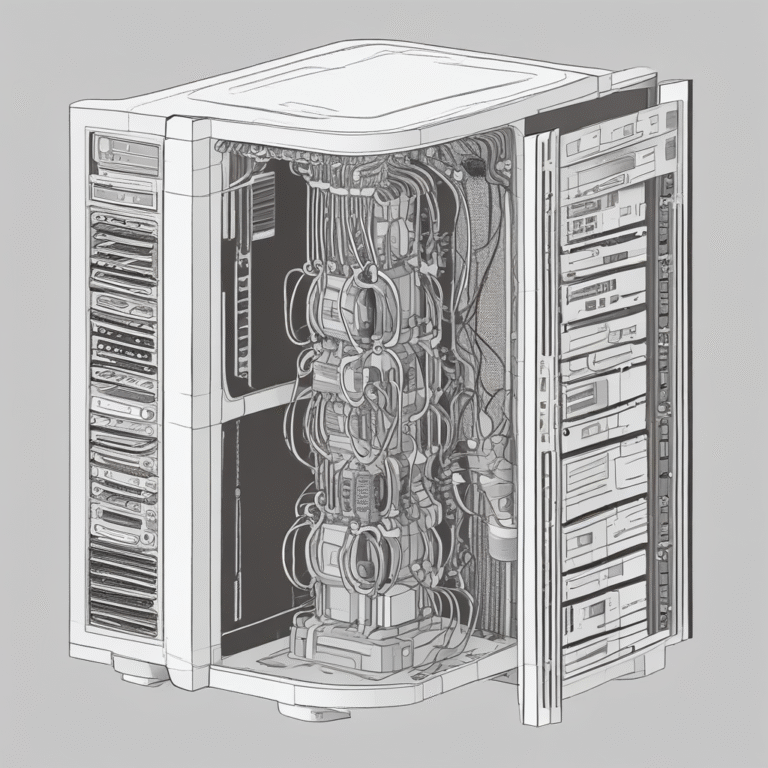China’s Diverging AI Path
The landscape of artificial intelligence (AI) development is rapidly evolving, with the U.S. and China at the forefront of this technological rivalry. While the U.S. continues to leverage its dominance in cloud computing and software development, China is making significant strides in what is termed embodied AI, or jù shēn réngōng zhìnéng (具身人工智能). This report explores the implications of this divergence in AI development, highlighting China’s unique advantages and approaches.
Understanding Embodied AI
Embodied AI systems are designed to interact with the physical world through a variety of sensors (like cameras and microphones) and actuators (such as motors and limbs). This real-time engagement with the environment allows these systems to learn and adapt, thereby enhancing their functionality. The Chinese government has recognized the importance of this technology, including embodied intelligence in its national work reports and prioritizing it in urban planning and infrastructure initiatives.
China’s Infrastructure and Manufacturing Edge
China’s strengths in manufacturing and infrastructure provide a competitive advantage in developing embodied AI. The nation has established a robust framework for integrating AI into various sectors, including autonomous vehicles, robotics, and smart city projects. For instance, the city of Hangzhou has implemented a City Brain platform that uses AI to manage traffic and urban services effectively. This initiative exemplifies how China is not only embracing AI but is also embedding it into its governance and urban management strategies.
The Fourth Industrial Revolution and Internet Plus
In 2015, China unveiled its Made in China 2025 initiative, which aimed to position the country as a leader in advanced manufacturing. Concurrently, the Internet Plus strategy sought to incorporate data and AI into traditional industries, marking a significant shift towards digital integration. This strategy reflects China’s ambition to not only catch up with but also potentially surpass Western technological capabilities in key sectors.
Governance and AI in Urban Planning
The application of AI in governance is a hallmark of China’s strategy. The PKU-Wuhan AI Institute has been developing large-scale social simulators to enhance administrative efficiency. This reflects an enduring belief in cybernetics and systems thinking, which has historically influenced Chinese policy towards technology as a tool for societal improvement.
Autonomous Vehicles and Smart Transportation
China’s approach to autonomous vehicles is heavily infrastructure-centric. The Beijing High-level Autonomous Driving Demonstration Zone serves as a testing ground for integrating AI with smart road systems. This model emphasizes vehicle-road-cloud integration, allowing vehicles to communicate with smart infrastructure to enhance safety and navigation.
Robotics and Embodied Intelligence
China is a leader in the field of robotics, with a vast array of industrial robots and humanoid systems being developed. Companies like Unitree have gained international attention for their innovative robotic solutions. The introduction of the Huisi Kaiwu platform aims to create an ecosystem for programming and customizing robots for specific tasks, further solidifying China’s position in embodied AI.
Challenges and Human Capital Bottlenecks
Despite its rapid advancements, China faces significant challenges, particularly in securing a sufficient number of high-quality AI engineers. This human capital bottleneck could hinder the scalability of its AI initiatives, especially in high-end software and algorithmic development.
Conclusion: Implications of Diverging AI Models
The divergence in AI pathways between the U.S. and China raises critical questions about the future of technology on a global scale. The U.S. focuses on abstract, cloud-based intelligence, while China prioritizes the integration of AI with physical systems. This could lead to differing standards, ethics, and applications of AI technologies worldwide. As both nations continue to evolve their strategies, the implications of these developments will resonate across various sectors, further shaping the global technological landscape.










